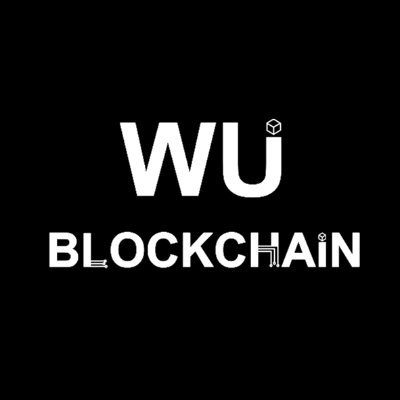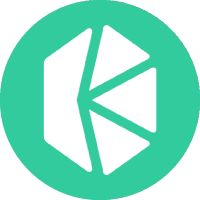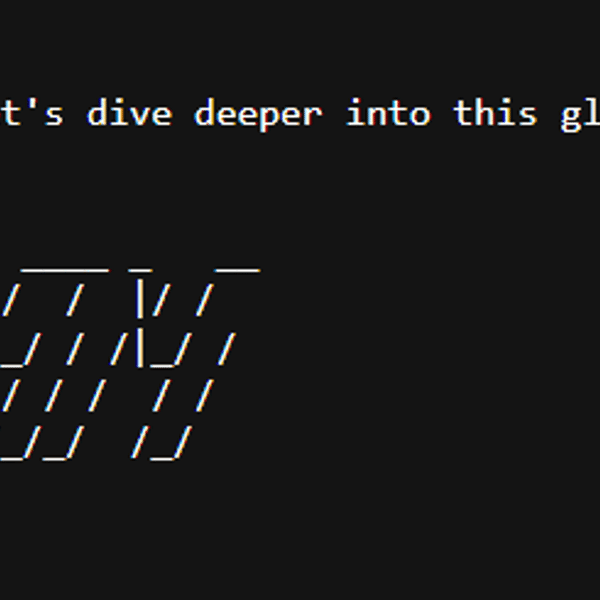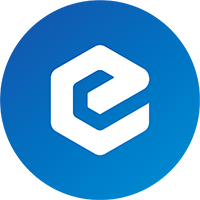# __Revolutionizing Education: The Rise of Personalized Learning__
The education sector is undergoing a significant transformation, driven by the increasing adoption of personalized learning. Personalized learning is transforming the way we learn, making education more effective, efficient, and engaging. In this article, we'll explore the rise of personalized learning, highlighting its benefits, challenges, and potential applications.
# Benefits of Personalized Learning
Personalized learning offers several benefits, including:
1. *Improved Academic Performance*: Personalized learning improves academic performance, enabling students to learn at their own pace and focus on areas where they need improvement.
2. *Increased Student Engagement*: Personalized learning increases student engagement, making learning more enjoyable and interactive.
3. *Better Teacher-Student Relationships*: Personalized learning enables teachers to build stronger relationships with their students, understanding their individual needs and interests.
4. *Enhanced Accessibility*: Personalized learning enhances accessibility, enabling students with disabilities to access educational resources and participate in learning activities.
5. *Reduced Achievement Gaps*: Personalized learning reduces achievement gaps, enabling students from diverse backgrounds to access high-quality educational resources and opportunities.
# Challenges of Personalized Learning
Personalized learning also faces several challenges, including:
1. *Technical Infrastructure*: Personalized learning requires robust technical infrastructure, including hardware, software, and internet connectivity.
2. *Teacher Training and Support*: Personalized learning requires teacher training and support, enabling educators to effectively integrate personalized learning into their teaching practices.
3. *Data Management and Analytics*: Personalized learning requires effective data management and analytics, enabling educators to track student progress and make data-driven decisions.
4. *Equity and Access*: Personalized learning raises concerns about equity and access, ensuring that all students have access to high-quality educational resources and opportunities.
5. *Scalability and Sustainability*: Personalized learning requires scalability and sustainability, enabling educational institutions to implement and maintain personalized learning programs over time.
# Applications of Personalized Learning
Personalized learning is being applied in various ways, including:
1. *Adaptive Learning Platforms*: Adaptive learning platforms use algorithms and data analytics to adjust the difficulty and content of educational materials to individual students' needs.
2. *Learning Management Systems*: Learning management systems enable educators to create and manage personalized learning plans, track student progress, and provide feedback and support.
3. *Artificial Intelligence and Machine Learning*: Artificial intelligence and machine learning are being used to develop personalized learning systems that can adapt to individual students' needs and abilities.
4. *Virtual and Augmented Reality*: Virtual and augmented reality are being used to create immersive and interactive learning experiences that can be tailored to individual students' needs and interests.
5. *Competency-Based Education*: Competency-based education focuses on students' demonstration of specific skills and competencies, rather than their age or grade level.
# Conclusion
The rise of personalized learning is transforming the education sector, making learning more effective, efficient, and engaging. While personalized learning faces several challenges, including technical infrastructure, teacher training and support, and data management and analytics, the benefits of personalized learning, including improved academic performance, increased student engagement, and better teacher-student relationships, make it an attractive option for many educational institutions and organizations.
# Recommendations
1. *Invest in Technical Infrastructure*: Invest in technical infrastructure, including hardware, software, and internet connectivity, to support personalized learning.
2. *Provide Teacher Training and Support*: Provide teacher training and support, enabling educators to effectively integrate personalized learning into their teaching practices.
3. *Develop Data Management and Analytics Systems*: Develop data management and analytics systems, enabling educators to track student progress and make data-driven decisions.
4. *Promote Equity and Access*: Promote equity and access, ensuring that all students have access to high-quality educational resources and opportunities.
5. *Encourage Collaboration and Partnerships*: Encourage collaboration and partnerships among educational institutions, organizations, and industry stakeholders to accelerate the development and deployment of personalized learning.
Korean Lawmaker Declares $1M in XRP as Government Crypto Holdings Rise
The Government Public Ethics Committee has released its annual report on public officials’ asset disclosures for 2025, revealing a notable rise in cryptocurrency holdings among high-ranking officials. According to the report, 411 out of 2,047 public officials were required to disclose their assets, and they reported holding virtual assets with a combined total value of 14.41 billion won. This translates to an average holding of 35.07 million won per individual.
Seoul City Council Member Kim Hye-young emerged as the official with the largest cryptocurrency holdings, reporting a total of 1.76 billion won in digital assets. Council Member Kim personally owns 16 different cryptocurrencies, including 0.0014 Bitcoin (BTC), 0.0123 Ethereum (ETH), and 472 Dogecoin (DOGE) . However, the majority of the disclosed holdings come from family members, with 519,004 XRP valued at approximately $1.2 million held by his spouse and 3,336 XRP owned by his eldest son.
Following closely behind, Seoul City Council Member Choi Min-gyu was the second-highest public official in terms of crypto holdings, declaring 1.62 billion won in virtual assets. His portfolio includes 409,551 XRP, 9,402 Artidiums, and 4,701 Ads, all registered under his name.
XRP has firmly established itself as the top choice among South Korean investors. Its strong presence is especially noticeable on South Korean exchanges, with Upbit, the country’s largest exchange, holding around 4-5% of the total XRP supply, making it the largest exchange holder of XRP globally. Additionally, Upbit now accounts for 15% of the total XRP trading volume, recently surpassing Binance’s 12% market share.
Trading volume data further highlights XRP’s strong market presence. Over the past 24 hours, XRP’s trading volume on Upbit reached $325.89 million, accounting for 16.19% of the platform’s total trades. In comparison, Bitcoin’s trading volume stood at $110.55 million, making up just 5.49% of total trades. This difference underscores the high demand for XRP among South Korean traders.
A key factor fueling XRP’s strong trading activity in the country is the Kimchi Premium, a phenomenon where cryptocurrency prices in South Korea trade higher than global averages. This pricing disparity makes XRP appear more valuable, further driving trading volume and investor interest.
According to local media reports , lawmaker Ahn Do-Jae revealed that by the end of last year, over 9.6 million South Koreans held accounts on the country’s five major licensed exchanges, including Upbit, Bithumb, Coinone, Korbit, and Gopax. This represents a 52.6% increase from the previous year, highlighting the rapid growth of cryptocurrency adoption in South Korea.
At the same time, South Korea is intensifying its regulatory efforts to protect investors. The Financial Intelligence Unit (FIU) has restricted access to 17 overseas cryptocurrency exchange apps on Google Play due to a lack of proper registration. Among the affected platforms are KuCoin, CoinEx, BitMart, MEXC, Phemex, and Poloniex. As of now, XRP is trading at $2.45, reflecting a 4.79% decrease over the past seven days and a 3.69% drop in the last 24 hours.


 最低価格
最低価格 最高価格
最高価格 
















































